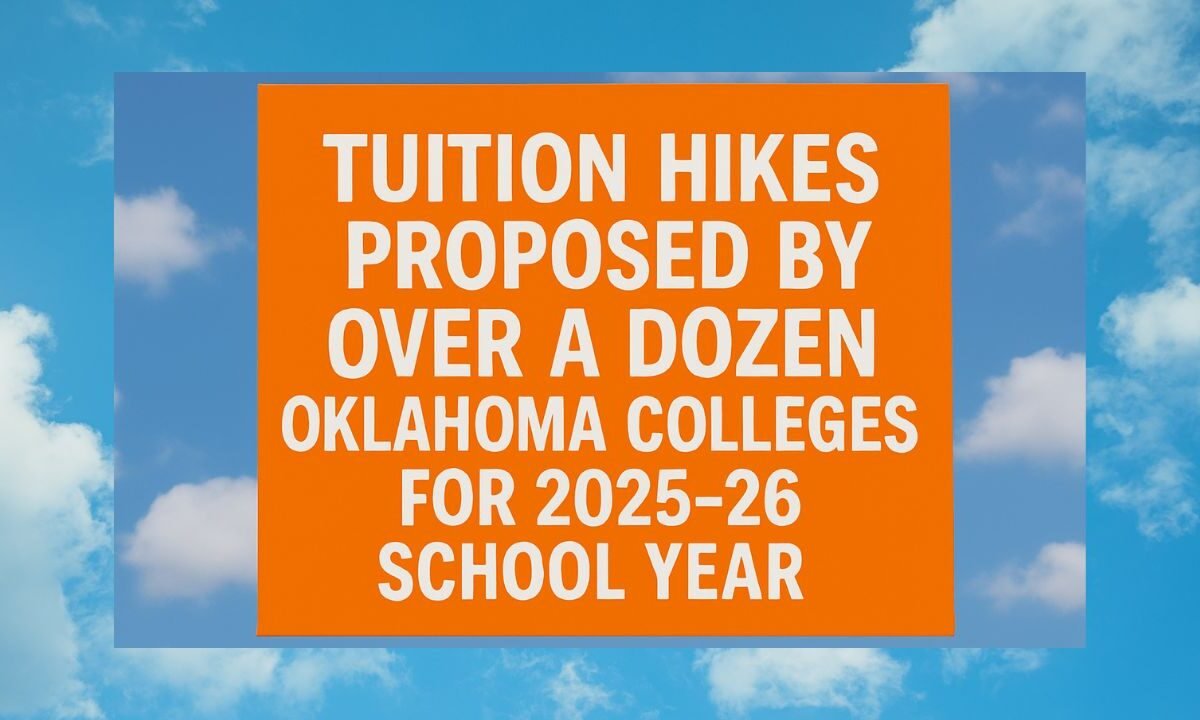More than 15 public colleges and universities in Oklahoma are requesting tuition and fee increases for the upcoming academic year. On Wednesday, representatives presented their proposals to the Oklahoma State Regents for Higher Education, with a vote expected Thursday to determine the outcome.
According to Mark Tygret, vice chancellor for budget and finance, the average proposed increase across institutions is 1.9%, translating to an estimated $121 more per year for full-time, in-state undergraduates enrolled in 30 credit hours.
Universities Cite Inflation and Faculty Costs
University leaders pointed to rising inflation, health insurance costs, and the need for employee cost-of-living raises as the primary reasons behind the proposed hikes. Many also stressed that operational efficiencies and cost-cutting efforts were implemented before requesting tuition increases.
However, Governor Kevin Stitt recently criticized such moves, suggesting universities have yet to demonstrate maximum efficiency with current budgets.
Institutions Requesting Increases
Fifteen schools submitted requests, including:
- University of Oklahoma (OU) – 3% increase (~$294/student)
- University of Central Oklahoma (UCO) – 2.6% increase (~$225.90/student)
- Langston University – 3% increase (~$207/student)
- Oklahoma City Community College (OCCC) – 8% increase (~$323.10/student)
- Plus 11 other colleges including East Central, Northeastern State, Rose State, and Murray State
Meanwhile, 10 institutions — including Oklahoma State University (OSU) — opted not to propose any changes, with OSU maintaining its current tuition rate for the sixth straight year.
Legislative Support and Financial Aid Offset
For the upcoming fiscal year, the Oklahoma Legislature allocated $1.1 billion to the State Regents — $80 million more than the prior year. Still, some university presidents argue it’s not sufficient to offset inflation or match funding levels in states like Texas and Florida.
OU President Joseph Harroz explained that although the university’s official tuition has risen 12% since 2019, the average out-of-pocket cost paid by students has dropped 27%, largely due to financial aid.
UCO President Todd Lamb noted the requested increase would help narrow the university’s budget deficit, while Langston University President Ruth Ray Jackson emphasized the revenue would be directed toward capital improvements and repairs from weather-related damage.
With tuition hikes on the table at over half of Oklahoma’s public colleges and universities, state regents now face the task of balancing institutional needs with affordability for students.
While many leaders stress the modest nature of these increases and point to past cost-saving measures, concerns about rising educational expenses remain a critical topic across the state.




